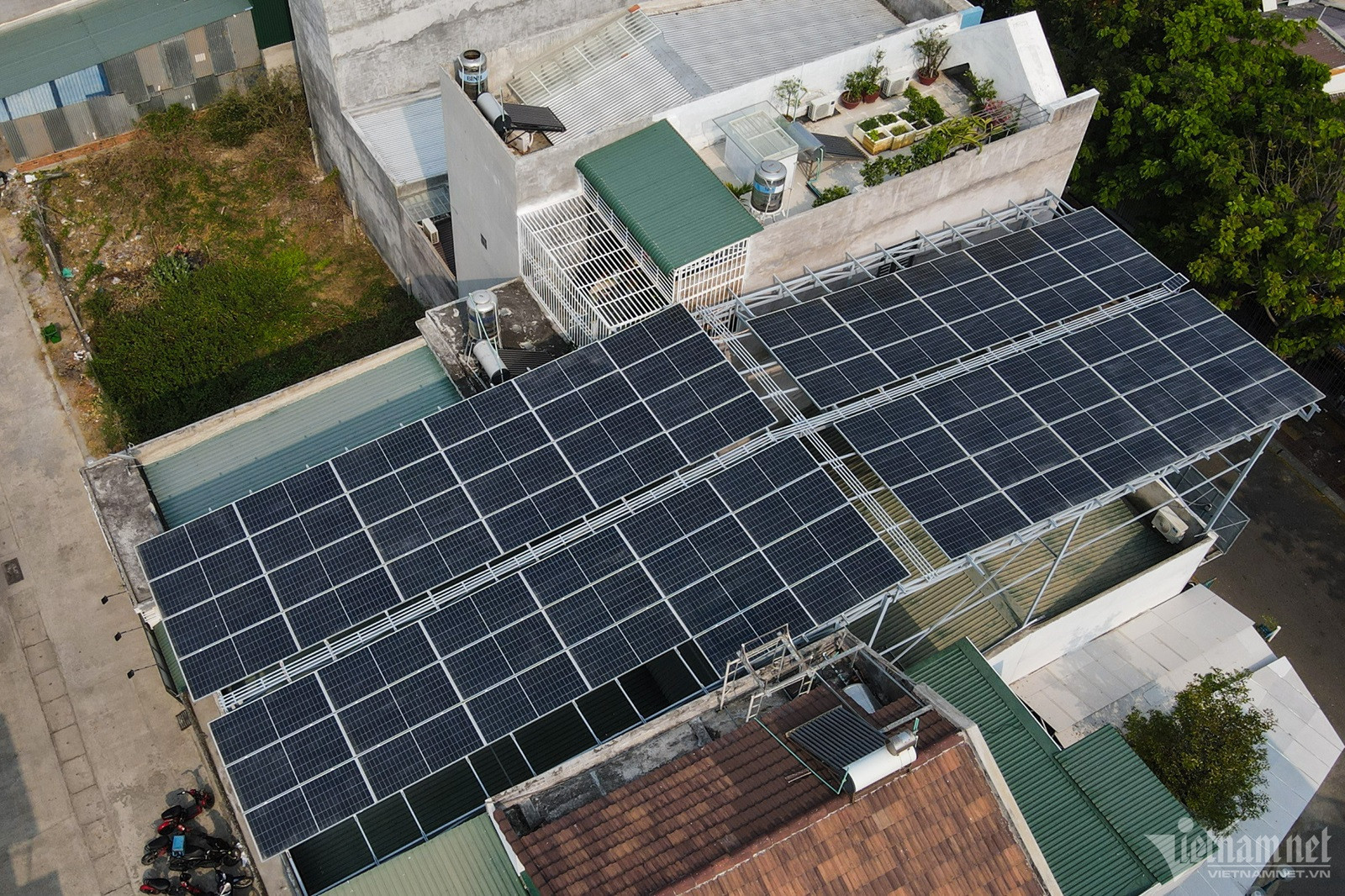
Solar power is a low-emission renewable energy source which has been developing recently with production costs decreasing rapidly and increasing high solar panel production capacity. The solar power installation capacity has also increased sharply, which is an opportunity for reducing greenhouse gas emissions and electricity generation costs.
Together with the strong development of the solar panel manufacturing industry, the world is also witnessing the strong rise of battery storage with new inventions that increase storage capacity and reduce production costs.
These all are factors that ensure the stable development of renewables.
With its net zero commitments by 2050, Vietnam needs to develop renewable energy in a sustainable way. If solar power developers find their investments ineffective, achievements in renewables may have been done in vain.
However, at present, the rapid development of solar power has caused serious consequences to the national grid. The electricity regulatory unit has had to coordinate a high number of electricity generation sources which depend on weather conditions.
MOIT has decided to pilot a program on developing self-sufficient rooftop solar power, under which owners of rooftop solar power systems are allowed to sell excess electricity to the national grid (the sale volume must not be higher than 10 percent of total capacity).
The method suggested by MOIT, say analysts, sets a relatively high safety level to ensure the regulation of the power network with three connection and payment methods, plus three ways of calculating electricity prices.
Analysts say that the calculations methods suggested by MOIT are all simple and they show the cautiousness of MOIT which wants to play safe.
Problems
First, the decree, once promulgated, will be applied to the whole country, but solar power development conditions vary in different areas. Therefore, when drafting documents, it is necessary to consider conditions of different areas to design reasonable policies on encouraging rooftop solar power development in different areas.
Second, regarding electricity excess output to be provided to the national grid, MOIT’s solution (PA2) is better than the other two.
However, PA2 only calculates the money of 10 percent of electricity excess to be provided to the national grid. The other 90 percent of electricity excess will be sold by EVN (Electricity of Vietnam) at prices set for electricity generation applied to other electricity consumers. The tentative regulation still cannot ensure fairness and a ‘win-win’ principle.
Third, it is necessary to identify excess electricity output by converting into money with different levels. For example, the power purchase price = 10% of electricity excess x full price (set by watchdog agency) + 20% of electricity excess x (full price X 50%) + 30% of electricity excess x (full price x 20%) + 40% of electricity excess x (full price x 5%).
The method allows investors to do business for profit, not charity, with 90 percent of excessive output.
Fourth, 10 percent is a relatively low level which can be explained by the fact that MOIT anticipates the strong development of small investors. Since solar power systems don’t generate electricity at certain times, it would be better if the decree encourages solar power developers to store electricity and provide electricity at peak hours in the evening. This will help encourage investment in electricity storage.
Solar power developers
Analysts believe that it is necessary to commercialize the development of rooftop solar power. In order to make it feasible and harmonize the benefits of related parties (people, businesses and the state), it would be better to raise the electricity excess volume provided to the national grid to 30 percent. The selling prices will be market prices.
The government should instruct MOIT to assess the influence of excess electricity sales to the national grid. In general, small and separate household solar power systems (less than 50 kwp) have little impact on the stability of regional and inter-regional transmission network.
Under the eighth national power development strategy (plan 8), Vietnam would have 2600Mwp in self-sufficient solar power capacity.
To Van Truong